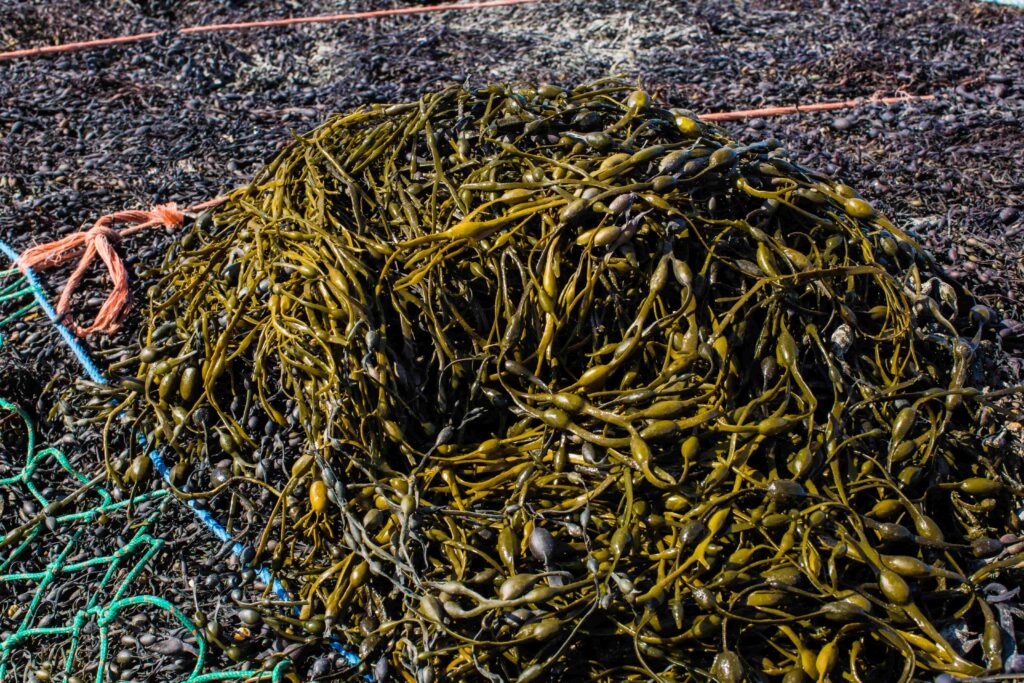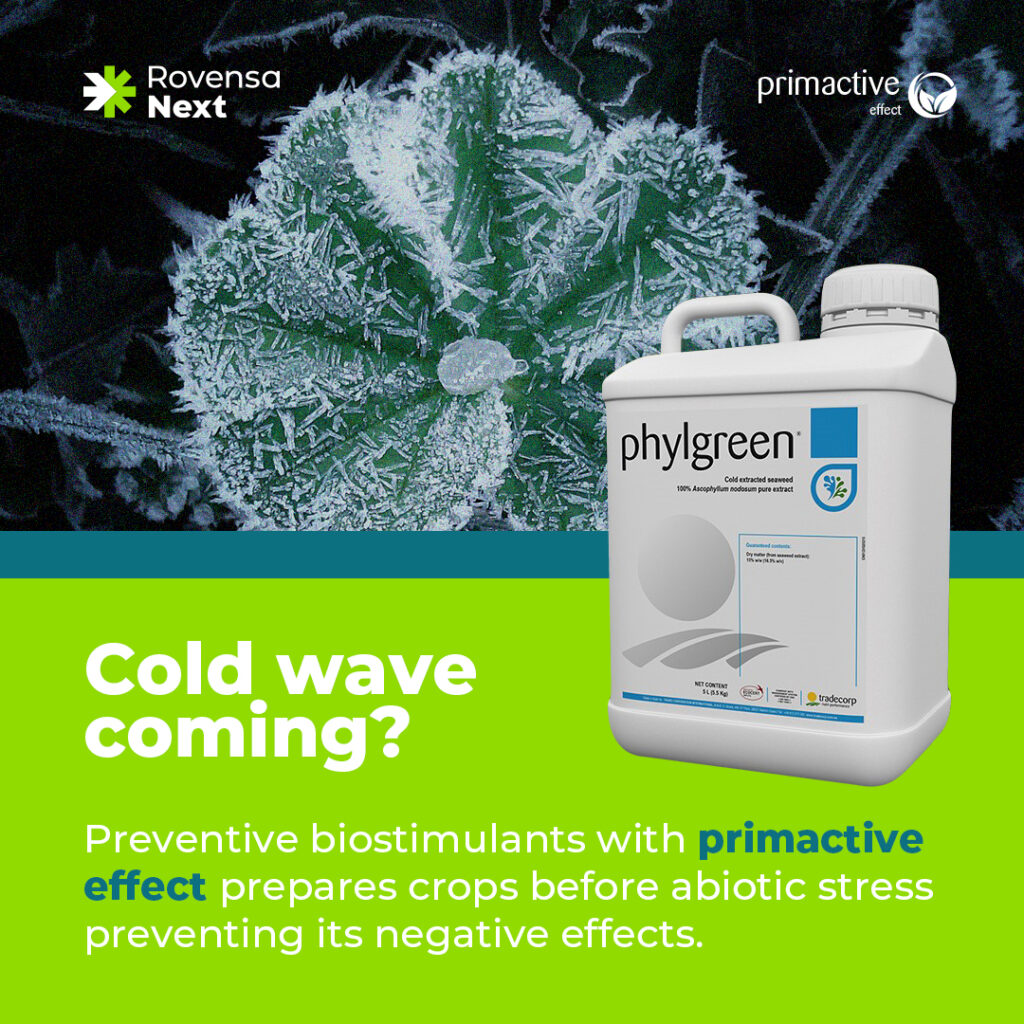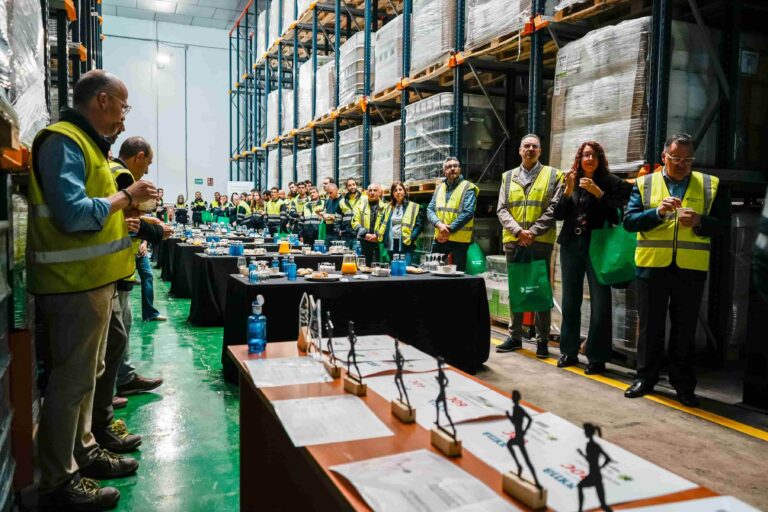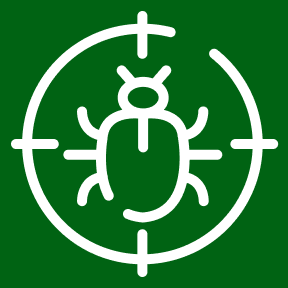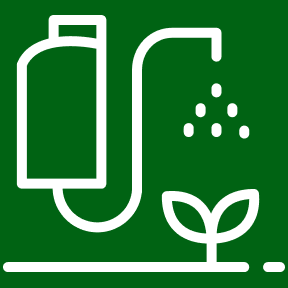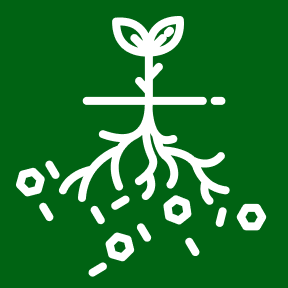What are biostimulants?
Biostimulants are materials which contain substances and / or microorganisms whose function, when applied to plants or the rhizosphere, is to stimulate natural processes to enhance or benefit nutrient uptake, nutrient efficiency, tolerance to abiotic stress, and crop quality, independent of its nutrient content.
When used correctly, biostimulants enable growers to promote the natural abiotic stress coping mechanisms in their crops. For instance, applying biostimulants that are known to have a preventive mode of action before the onset of abiotic stress has been demonstrated to be a very effective agronomic strategy. This strategy also conveniently fits in with existing crop management timings and sprays. This priming or primactive effect helps to prepare crops in advance to better tolerate and resist these adverse abiotic stress events and minimise yield and quality losses during the crop cycle.
What is the “primactive” effect?
Proactively applying products with the primactive effect triggers alterations in the crop’s metabolism, enabling it to better resist the effects of abiotic stress. In Rovensa Next, our preventive biostimulation application strategy relies on primactive effect crop solutions like our product Phylgreen. Phylgreen biostimulant is based on extracts of the Ascophyllum nodosum seaweed that only grows in the North Atlantic Ocean. When foliar applied before abiotic stress events, the primactive effect exploits the biostimulant properties of the mannitol, alginates, various polysaccharides, and polyphenol antioxidants, that are all naturally present in Phylgreen. Combined, all these natural compounds help prepare the crop to better self-manage abiotic stress severity by altering crop metabolism and gene expression, and through the accumulation of compounds that can combat the negative effects of abiotic stress. Ultimately, helping to protect harvest profitability.
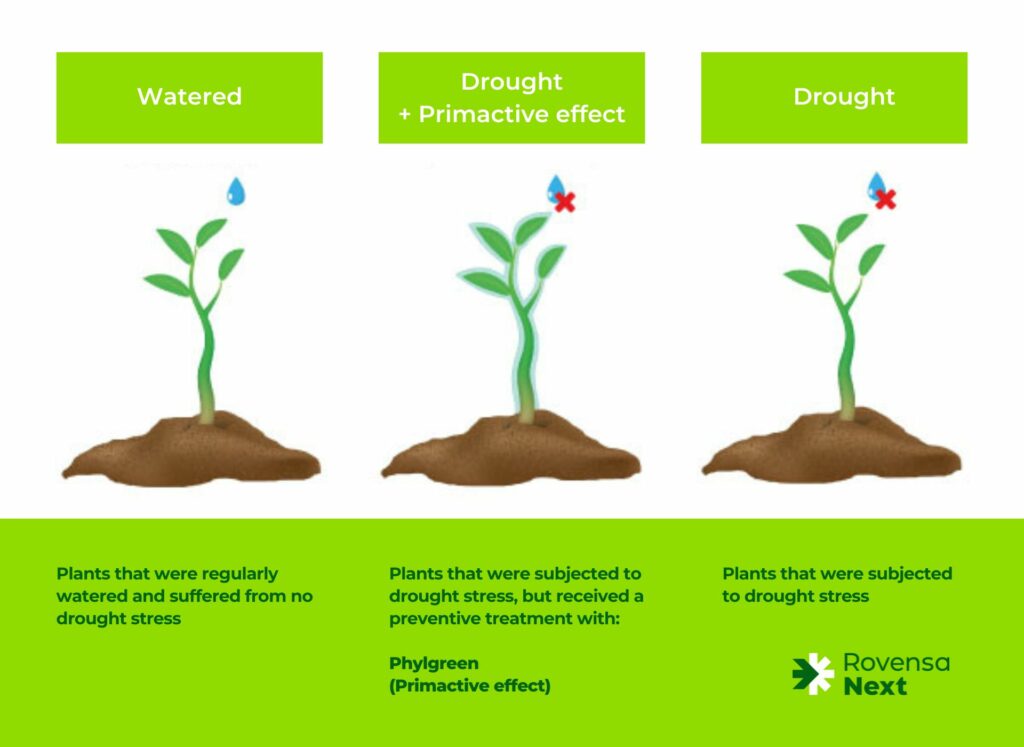
What is “gentle extraction” and how does it influence the primactive effect?
At Rovensa Next’s seaweed processing factory in Kilcar, Ireland, we use an exclusive gentle extraction process that allows us to extract the natural components of the Ascophyllum nodosum seaweed and safe-guard them from denaturation. This is what makes the primactive effect possible, and what make Phylgreen a unique solution.

In this process, no harsh extraction chemicals or high temperatures are used, and from harvest, to processing, to seaweed regrowth, and future re-harvest, Phylgreen is a fully sustainable product. Research studies have proven that the bioactive compounds that are normally destroyed in more aggressive extraction processes such as alkaline extraction, are preserved in Phylgreen through the gentle extraction and are directly responsible for producing a priming effect in the crop.
This priming effect has a direct impact on the crop at a molecular level, alters the intensity of gene expression, and promotes the accumulation of compounds that help prepare the crop to counteract the negative effects of an eventual stress. This priming mode of action is the basis of the primactive range of Phylgreen products.
When and how should primactive effect products like Phylgreen be applied?
The well-researched primactive effect mode of action of Phylgreen clearly demonstrates that to achieve optimal results, where possible, foliar applications should be made before the onset of abiotic stress. Proactive foliar applications of Phylgreen best help the crop to overcome unfavourable climatic conditions and stimulate crop development, especially in critical stages of emergence / transplanting, vegetative development, flowering, fruiting, and fruit ripening.
There are two recommended applications strategies for primactive products.
- The first strategy is in crops that are sprayed less frequently, or where a known abiotic stress event is approaching, such as a heatwave. Application at a dose of 1 – 2 L /ha depending on the crop and local conditions (for more information please consult your local Rovensa Next Technician), can be used. Applications can be made in alignment with existing entries and timings of the spray tank into the field for example T1, T2, T3 in cereals.
- The second and preferred strategy is called “fractionation” and involves foliar application of Phylgreen in multiple sprays across the month splitting the dose to apply a cumulative total of 2 – 3 L /ha across the month. This fractionation approach is used very successfully in crops that are sprayed with high frequency such as potato, apple and banana, where inclusion of a dose of 0.5 – 0.75 L /ha in each spray tank is a convenient option. This approach has the benefit of ensuring the primactive effect is always present in the crop, as abiotic stress can occur at any time.
In an ideal scenario, Phylgreen should be applied 3 – 7 days before the onset of abiotic stress, but studies show that foliar applications even just one day before the onset of a stress show a clear primactive effect. While application more than 7 days in advance of stress arrival is effective, there may be diminishing effect after 21 days.
Once the abiotic stress period is over, plants will be able to overcome more quickly any adverse metabolic or growth conditions induced by the stress, and have more energy to invest in resuming growth and yield accumulation. The helping hand of the primactive effect aids plants to recover with greater speed and ease, and helps ensure optimum development and harvest profitability.


